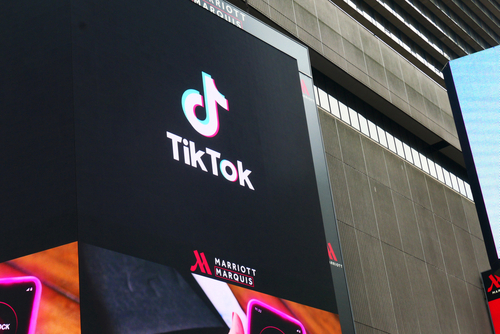Virtual event technology replicates all aspects of a physical event, such as presentations (keynotes, panel sessions, product demonstrations, etc.) that can include live Q&A, exhibition booths staffed live with booth reps and collateral, and networking opportunities.
Virtual events also greatly extend the reach of the marketing efforts. It is much easier to get thousands to log on to a computer for a couple of interesting conference sessions than it is to get a few hundred people to show up in Philadelphia in early August for a physical event.
But what really gets marketing people excited about virtual events is the marketing data. In the physical world, you are lucky if you grab a business card and scribble some notes on it or use a badge scanner to capture the name, title and company of a booth visitor.
Virtual events offer true marketing intelligence, as there is web-based reporting that tells you everything an attendee did. You know which conference sessions they attended, how long they attended and questions they asked. You know what booths they visited, the collateral they downloaded and demos or other assets they viewed. You even have transcripts of conversations the attendee had with your reps. It is incredibly rich marketing data.
Unlike other marketing vehicles where you might just capture registration information, virtual events deliver actionable intelligence that can fill the pipeline quickly. All of this data can be automatically ranked based on criteria you set, so you know who your hottest leads are and can assign them to your sales reps immediately.
For example an attendee that watched two presentations and downloaded three pieces of collateral on a certain product could rise to the top of your lead qualification ranking and be contacted by a sales rep immediately.
Take our client Quest Software’s first virtual event, which generated leads at a $23-per-head count. Marketers know that $23 per lead is a pretty impressive return on investment. And while generating demand was an objective for Quest Software, they had two other goals that marketers try to achieve. They are: establishing thought leadership in their field and building awareness.
Quest Software has hosted two more virtual events since its first event in spring of 2007 and plans to add even more in the next year.
Quantifying thought leadership and awareness is more difficult than determining the cost per lead. In these efforts, Quest Software feels the virtual event venue has helped them immensely. With attendance counted in the thousands, rather than the hundreds that other marketing vehicles generate, the company is able to deliver its message more efficiently. But most important was the positive feedback it received from prospects, customers and partners about the virtual event as a way to share knowledge.
Dealing with business professionals, often C-level people, the virtual event platform needed to be scalable (accommodate thousands) accessible (some virtual event technology take can take up to a half hour to enter the environment correctly). Along with the web-based reporting these are important attributes to consider when selecting a virtual event platform. Virtual events are used to generate demand, as opposed to virtual “worlds” where people have time to go live a second life.
While some companies have eliminated physical events, to reduce costs and carbon footprint, the end of all physical events is not near. And while virtual events can replace, but more often augment physical events it isn’t the comparison to physical events that you as a marketer need to consider. It is the twenty-something per dollar lead figure that this particular marketing tool delivers.
Brent Arlsaner is VP of Marketing for Unisfair, a virtual events coordinator.
 Network
Network

